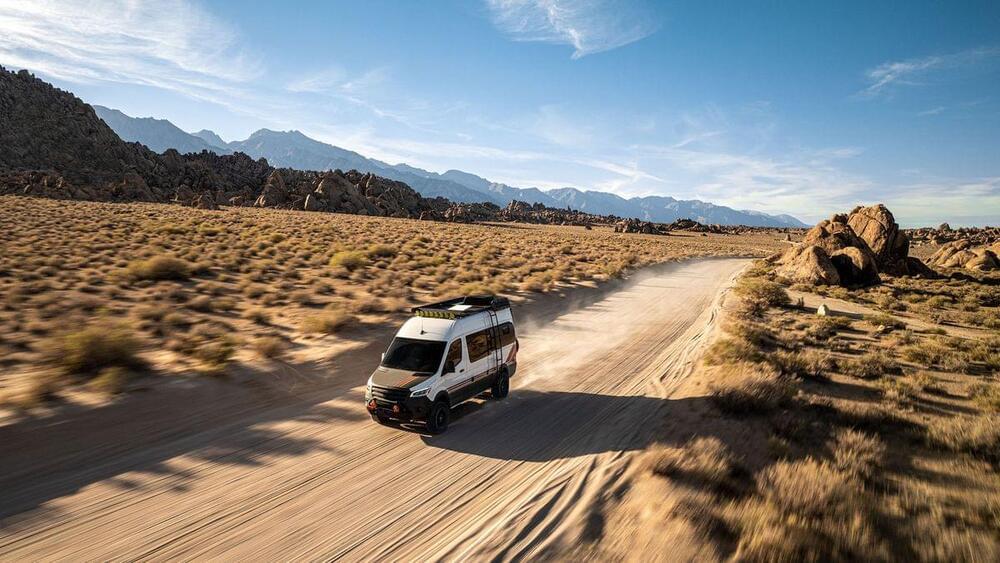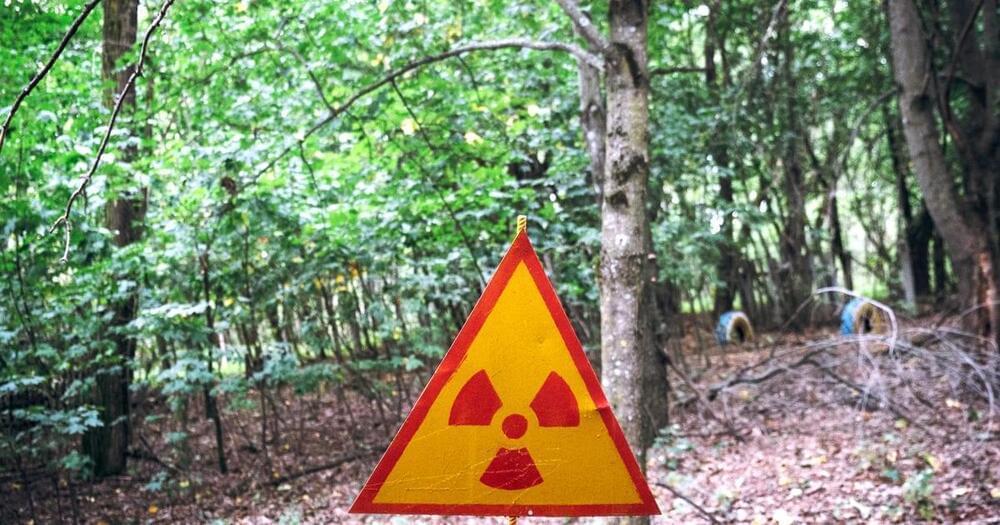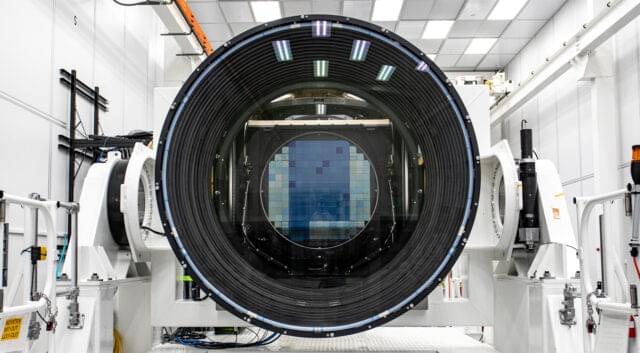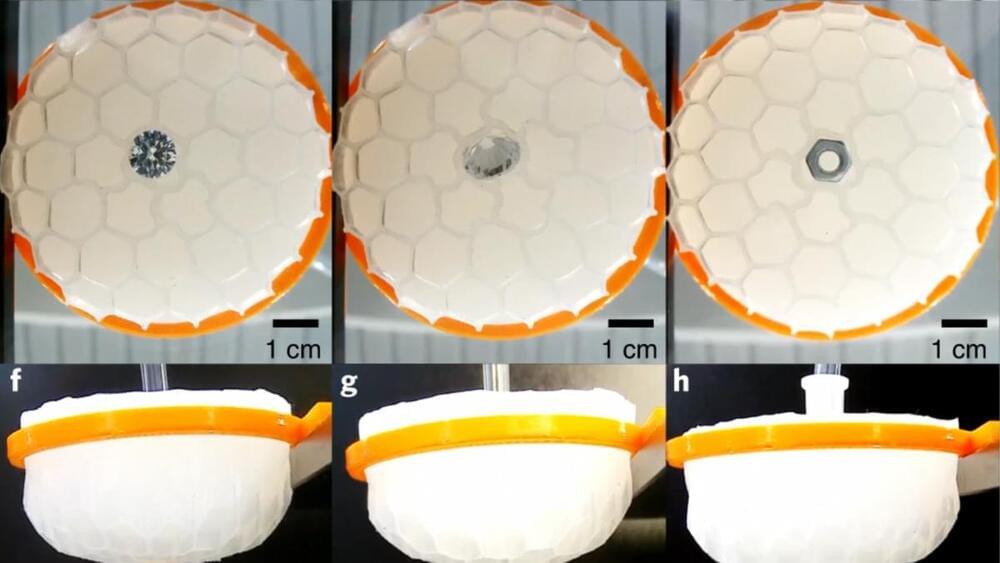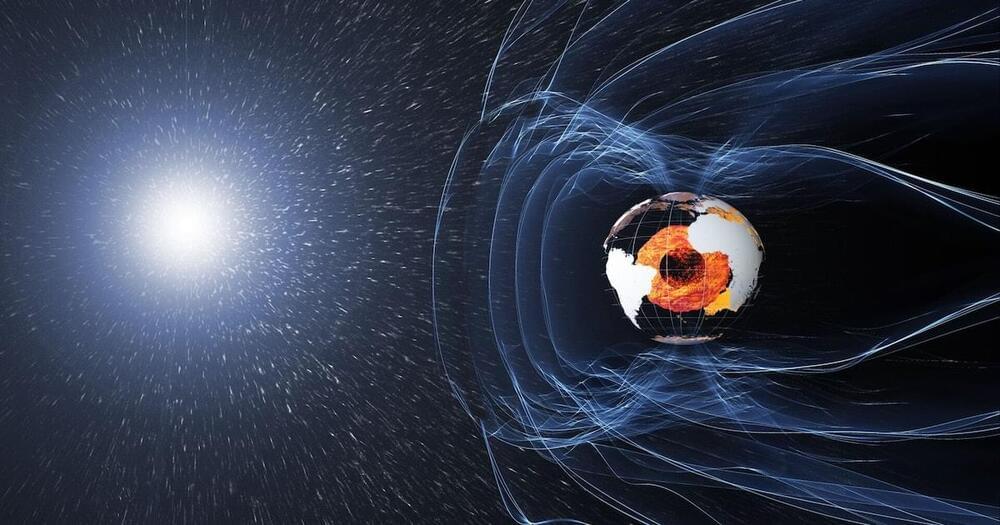A type of aurora briefly tore a 400 km wide hole in Earth’s ozone layer.
An international team of researchers showed that a certain type of aurora called the “Isolated proton aurora” depletes our atmosphere’s ozone layer. They discovered a nearly 250-mile-wide (400 kilometers) hole in the ozone layer right above where an aurora occurred. Before now, the influence of these particles was only vaguely known. The study is published in Scientific reports.
What causes the auroras?
Solar storms on the sun’s surface give out huge clouds of electrically charged particles. These particles can travel millions of miles, and some may eventually collide with the Earth. Most of these particles are deflected away, but some become captured in the Earth’s magnetic field. When they are entrapped, their charge ionizes the atmosphere and produces nitrogen oxides and hydrogen oxides. Both compounds contribute to ozone loss.
